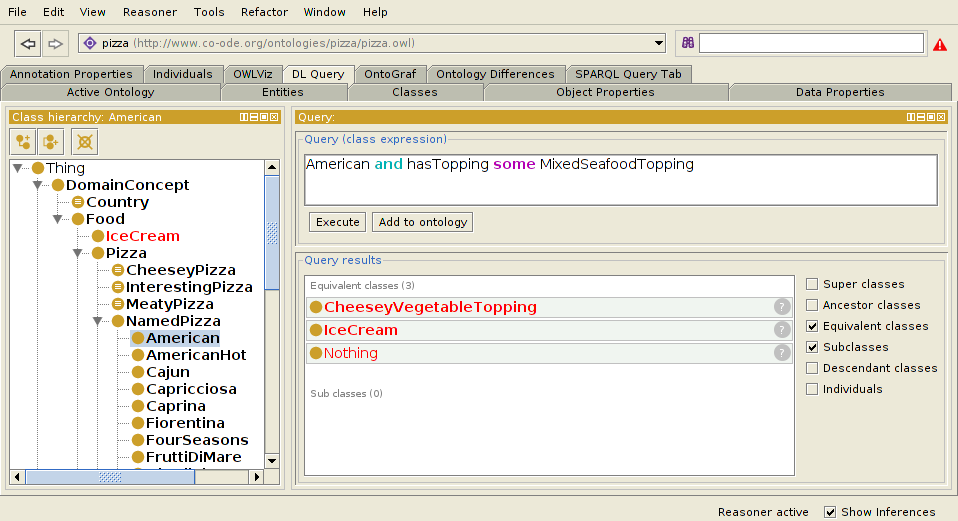Describing Models using Type-Link Modeling and TLMD
Fully and formally describe your model in code using TLMD.
--- Person
A Person is a "being regarded as an individual".
A Person is identified by id which must be a URI.
A Person has exactly one name which must be a Name.
A Person has toggle coaches.
A Person, the coachee, can have some coach which must be a Person, the coach.
Examples:
coachee/name | coach/name
================================
Michael Jackson | Diana Ross
Peter Parker | Tony Stark
Peter Parker | Aunt May
Type-Link-Model includes a plain text modeling format, TLMD. TLMD is a great way to capture a model in a way that is both human-readable and machine-readable. Decent-looking visual diagrams can be generated automatically from TLMD.
You can also generate XML Schema, JSON Schema, and other such artifacts from TLMD.
Consider using ORM instead of TLMD
ORM has a similar plain text modeling format, which is more powerful than TLMD. If you need all the power of ORM, use it instead.
Why not UML or ER?
See Fact-Based Modeling for a description of the advantages of fact-based modeling techniques over more well-known approaches such as UML class diagrams.
Why not OWL (Web Ontology Language)?
OWL is a powerful modeling technique for the semantic web. Because the semantic web uses the open-world assumption, it is hard to create high-performance software that natively uses its models. Only use OWL if your problem requires a web-scale solution.
